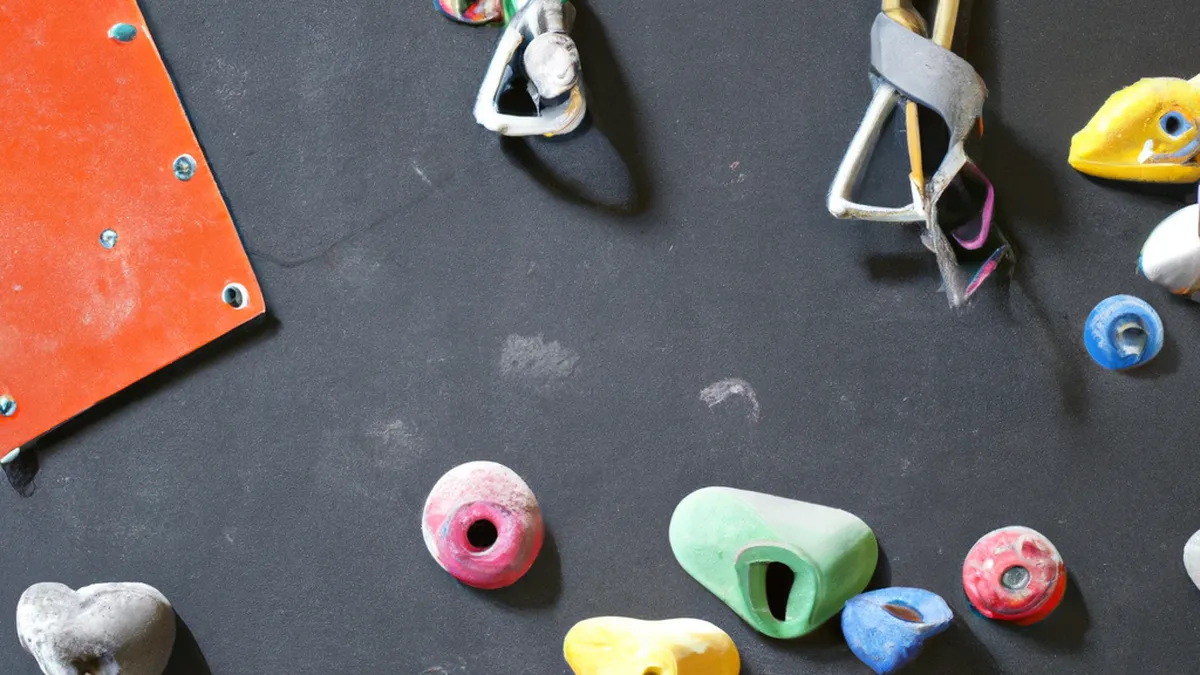Routes that Challenge: DWS Essentials
Route Reading for DWS: Elevate Your Climbing GameDeep water soloing (DWS) thrills climbers with rope-free challenges and the safety of water below. This adventurous sport takes climbers to stunning locations, often away from traditional routes. Mastering DWS involves more than raw climbing ability; effective route reading is essential. In this blog post, we explore route reading nuances in DWS and share tips to enhance this crucial skill.
Understanding Route Reading
Route reading means analyzing a climbing route before your ascent. Assess the type, size, and position of holds. Evaluate potential fall zones and plan your climbing sequence. This skill helps you make informed decisions, allowing you to navigate challenges confidently. Poor route reading may lead to unexpected difficulties or dangerous situations.
Analyze the Holds
Start by inspecting the holds from the ground. Look for chalk marks from previous climbers; these indicate reliable holds. In DWS, understanding hold conditions is vital. Evaluate the size and shape of each hold—larger holds offer better grip, while smaller holds require finesse. Also, consider the orientation of the holds: are they slopers, crimps, or jugs? Each type demands different techniques and grip strength.
Identify the Fall Zones
Next, focus on the water below. Identify where you might fall if you slip; this is crucial for safety. Check for rocks, ledges, or obstacles that could pose a risk upon landing. Understanding fall zones helps you make better decisions about your climbing path and mitigates injury risks. Always prioritize safety when choosing your route. Remember, even a short fall into water can have unintended consequences in an unsafe landing zone.
Plan Your Sequence
After analyzing holds and fall zones, plan your climbing sequence. Visualize each move before attempting it. Break the route into manageable sections, focusing on one segment at a time. This approach simplifies the climb, reduces anxiety, and maintains a clear mind. Rehearsing moves in your mind enhances muscle memory, making execution easier when you’re on the wall.
Tips for Effective Route Reading
As an Amazon Associate I earn from qualifying purchases.
Gear tip: consider indian clubs, sandbag trainer, and TRX suspension trainer to support this topic.
To improve your route reading skills, practice these actionable tips. They can significantly enhance your DWS experience, ensuring you climb more confidently and safely.
1. Study the Climb Before You Start
Observe the route from various angles. Spend a few minutes analyzing holds and fall zones. This preparation pays off when you climb. You’ll feel more confident and less overwhelmed, allowing you to focus better.
Conclusion
Effective route reading enhances your DWS experience. This crucial skill allows for safer and more confident climbing.
Below are related products based on this post:
FAQ
What is deep water soloing (DWS)?
Deep water soloing (DWS) is an adventurous climbing sport that involves climbing without ropes over water. Climbers can enjoy the thrill of challenging routes while having the safety of water below them. It often takes place in stunning locations, away from traditional climbing routes.
Why is route reading important in DWS?
Route reading is essential in DWS as it involves analyzing the climbing route before ascent. By assessing holds, fall zones, and planning climbing sequences, climbers can make informed decisions that enhance their safety and confidence while navigating challenges.
How can I improve my route reading skills for DWS?
To improve route reading skills, it is recommended to study the climb from various angles before starting. Spend time analyzing holds and fall zones, which will help you feel more confident and focused during your climb. Practicing visualization techniques can also enhance muscle memory and execution on the wall.















Post Comment